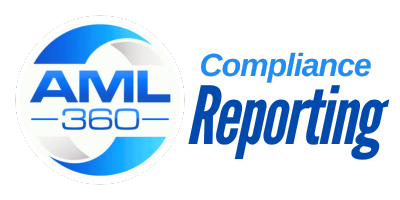Login to your AML360 account and complete your AML Business Risk Assessment. Select data. Add customised notes. Click 'Calculate' and receive a comprehensive AML/CFT business risk report.
Businesses of all sizes can take advantage of AML360's money laundering risk assessment. Whether you are the Head of Risk at a tier 1 bank or an owner/operator of a small legal or accountancy firm, AML360 provides you an online account to complete an AML/CFT business risk assessment.

Risk Based Approach
FATF Recommendations
ISO 3100 Guidelines
All Industry Sectors
All Jurisdictions
Fully Customised

Plug & Go
Qualitative Data
Quantitative Data
Heat Maps
Easy Updates
Case Management
Methodology Manual

Nature, Size & Complexity
Customers (B2C and B2B)
Products/Services
Method of Delivery
Geographies




AML360's regulatory technology automates an AML business assessment. Users log into a secure Cloud account. It is easy to navigate, easily reached through an online account and available for lawyers, accountants, real estate agents, banks, money remittance services. Every industry sector can use the AML360 business risk assessment.
The key objective of an AML business risk assessment is for the results to reasonably inform where the ML/FT risks are inherent within the business. This then allows the business to understand the types of policies, procedures and controls to have in place. Policies, procedures and controls set out how the business intends to manage ML/FT risk on an ongoing basis.
AML/CFT controls will relate to customer onboarding procedures and KYC risk profiling to identify higher-risk customers. Ongoing interactions with customers need to be monitored, as well as knowing customer account activity. Ultimately the objective of AML/CFT laws is for a business to have a reasonable likelihood of detecting suspicious customer activity.
Most importantly, recording and reporting on AML/CFT controls need to be frequent and informative. Reporting must be in writing or in some other way recorded. This allows auditors and AML supervisors to examine how the AML/CFT compliance framework operates.
Reporting and ongoing monitoring will include reviews of the business risk assessment for money laundering and financing of terrorism. The risk assessment must be kept up-to-date with the financial and regulatory environments. It should include factors outlined in the National or Country risk assessment and domestic and international risks of the industry sector.
An AML business risk assessment should be sufficiently detailed to show the methodology which needs to be explained. The key risk factors impacting the business need to be described in detail. Each critical risk should have a rating and a qualification on what the impact is upon the business. The more informative an AML/CFT business risk assessment, the greater the likelihood that principles of the regulatory risk-based approach have been met.





